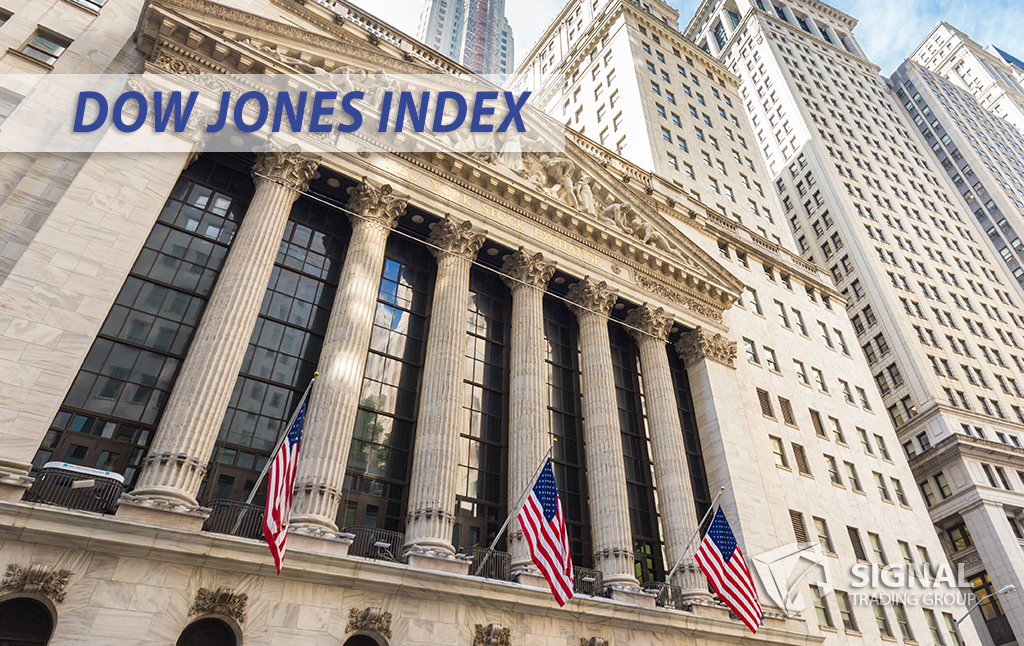Wall Street has been synonymous with financial markets and economic powerhouses for generations. Yet, despite its popularity, the origin of its name remains a mystery to many. So join me as we delve into the history of this famous street, whose roots can be traced back to the early days of New York City.
Origins and Early History
The story of Wall Street dates back to the 17th century when the Dutch settled on the island of Manhattan, which they called New Amsterdam. Colony governor Peter Stuyvesant commissioned the construction of a defensive wall in 1653 to protect the burgeoning trade center from potential attacks and invasions by the British and Native Americans.
The wooden barricade, complete with its fortified gates, extended from the banks of the East River to what today is known as the Hudson River. It wasn’t long before the winding path adjacent to the wall transformed into a busy thoroughfare – and thus, Wall Street was born.
Transformation into a Financial Hub
While Wall Street initially served as a protective barrier, its purpose shifted as New York City evolved. In 1699, the British had taken control of the area, and the original wall was torn down, but the street’s name lived on. Over time, various businesses, trading companies, and merchants set up shops along Wall Street, eventually establishing it as a vital financial district.
A pivotal moment in the street’s transformation occurred on May 17, 1792, when the Buttonwood Agreement was signed under a buttonwood tree at 68 Wall Street. This agreement, signed by 24 of the city’s leading merchants, was the foundation for the world-renowned New York Stock Exchange. Fast forward to 1817, and the New York Stock & Exchange Board, based on the Buttonwood Agreement, solidified Wall Street’s status as the financial heart of the United States.
Landmarks and Institutions
Various historical landmarks and institutions influenced Wall Street’s rise to fame. One of the most iconic is the New York Stock Exchange building, famously designed by architect George B. Post and completed in 1903. Standing tall at the corner of Wall Street and Broad Street, it remains a symbol of wealth and global trade, a true reflection of the street’s illustrious legacy.
Another historical institution that has made Wall Street famous is the Federal Reserve Bank of New York. Established in 1914 and situated at 33 Liberty Street, this bank plays a critical role in formulating and implementing US monetary policy. The Charging Bull statue, created by Arturo Di Modica in 1989, also symbolizes optimism, resilience, and prosperity on Wall Street.
Wall Street Today
Wall Street has experienced significant economic shifts throughout the centuries, from booms to collapses to transformations. Despite facing numerous financial crises, it remains the epicenter of the global financial market. This street’s influential institutions and rich history have left an indelible mark on the United States and the world’s economy, resonating even today.
From its humble origins as a protective barrier for a Dutch colony to becoming a global financial powerhouse, the history of Wall Street offers a unique insight into the evolution of trade, commerce, and global market dynamics. The next time you come across a stock market update or walk down the bustling streets, take a moment to appreciate the fascinating history of Wall Street and its profound impact on the world.




